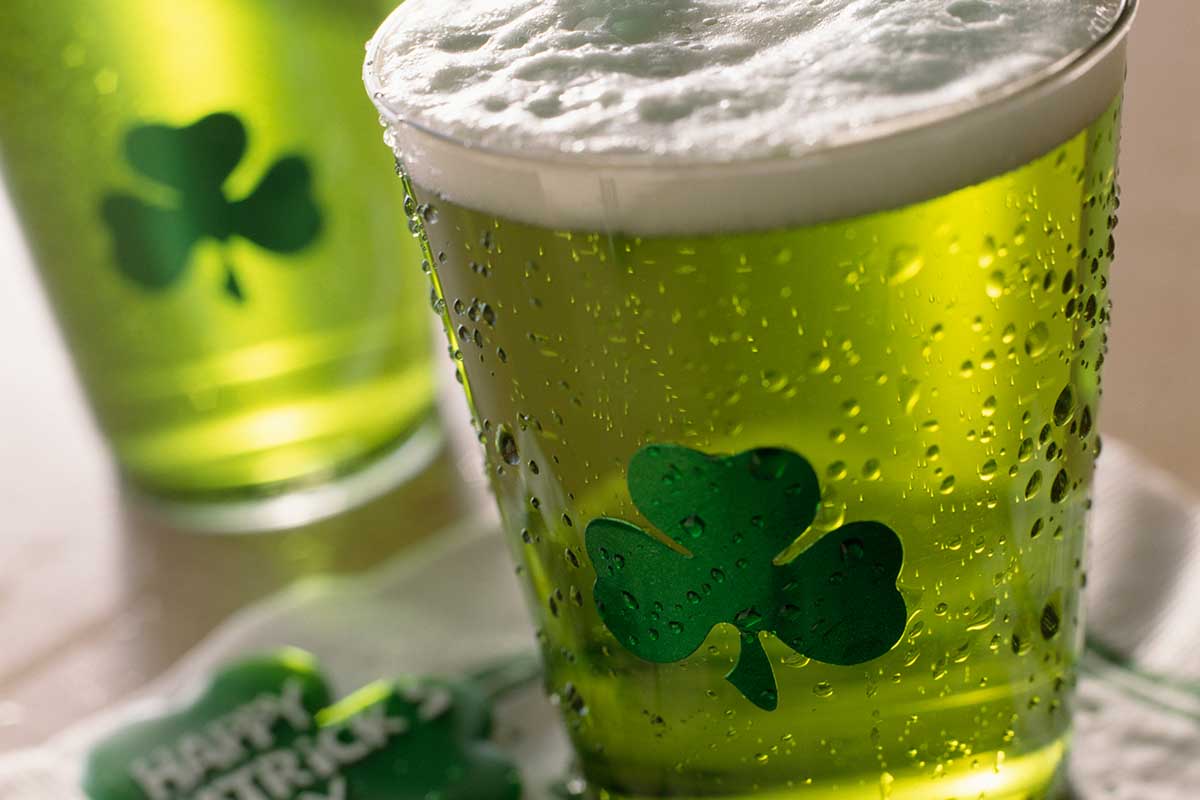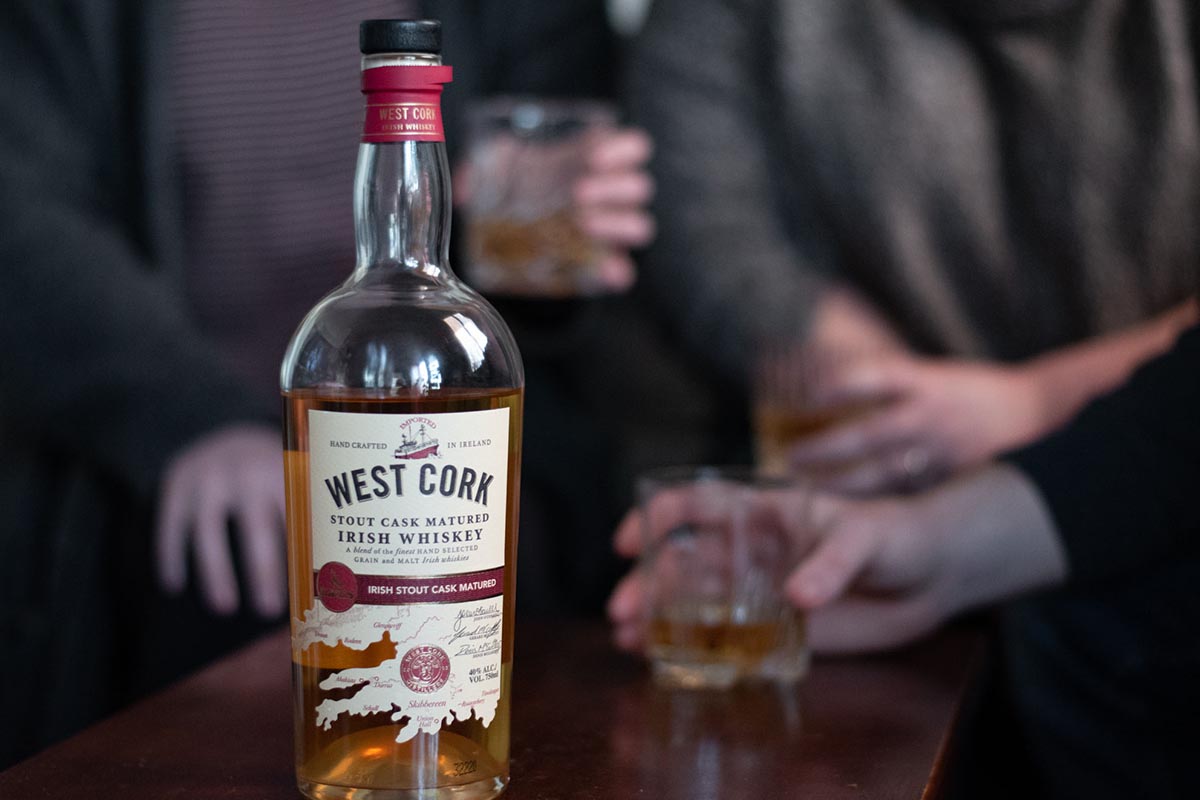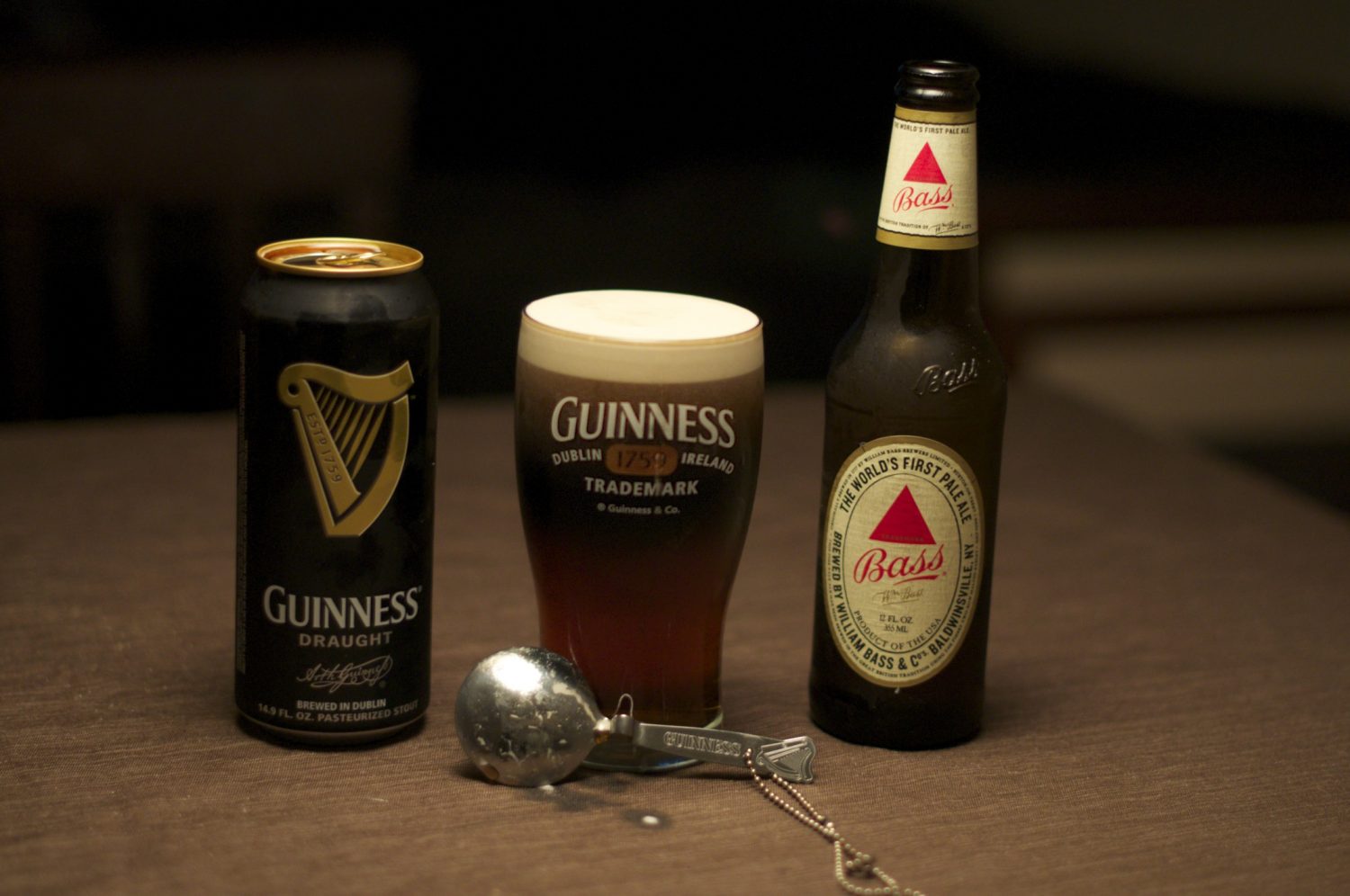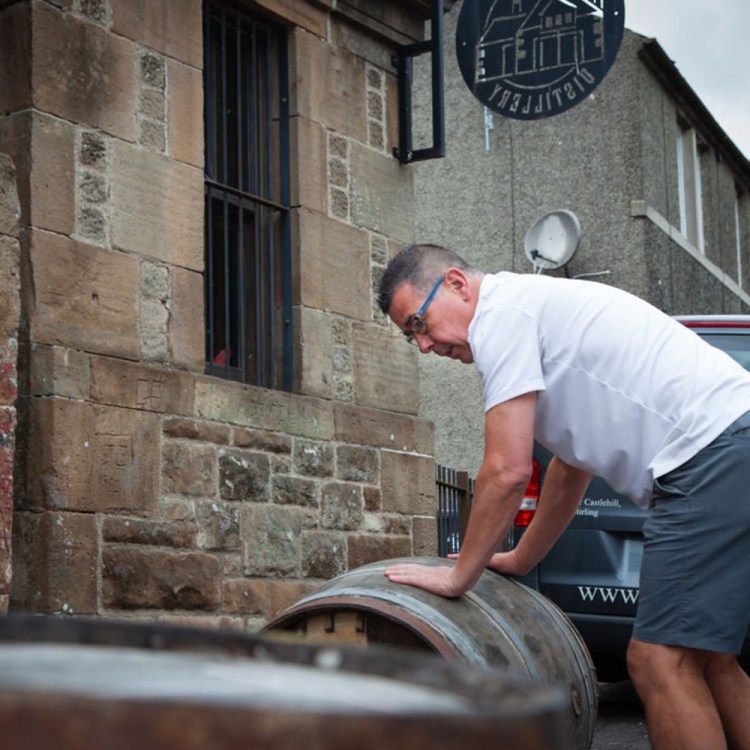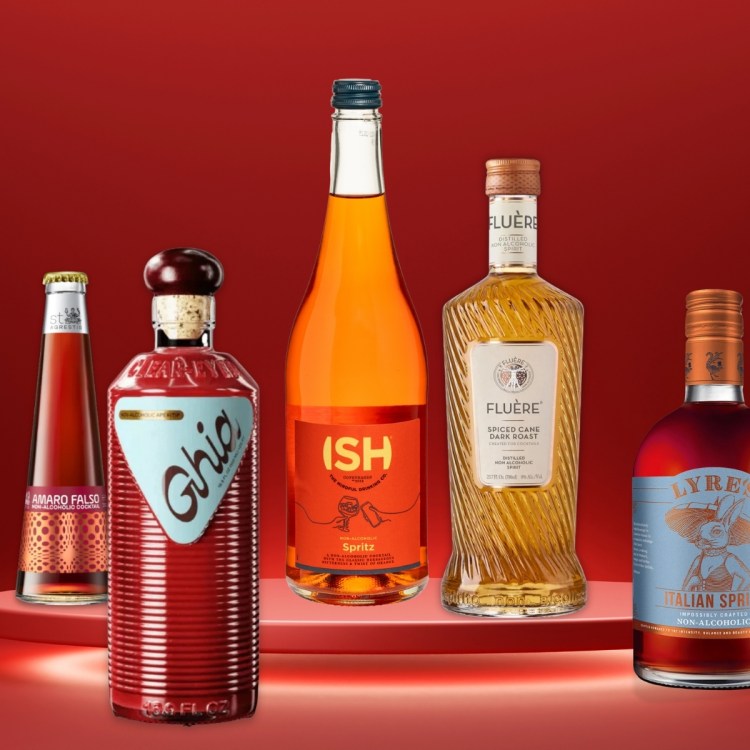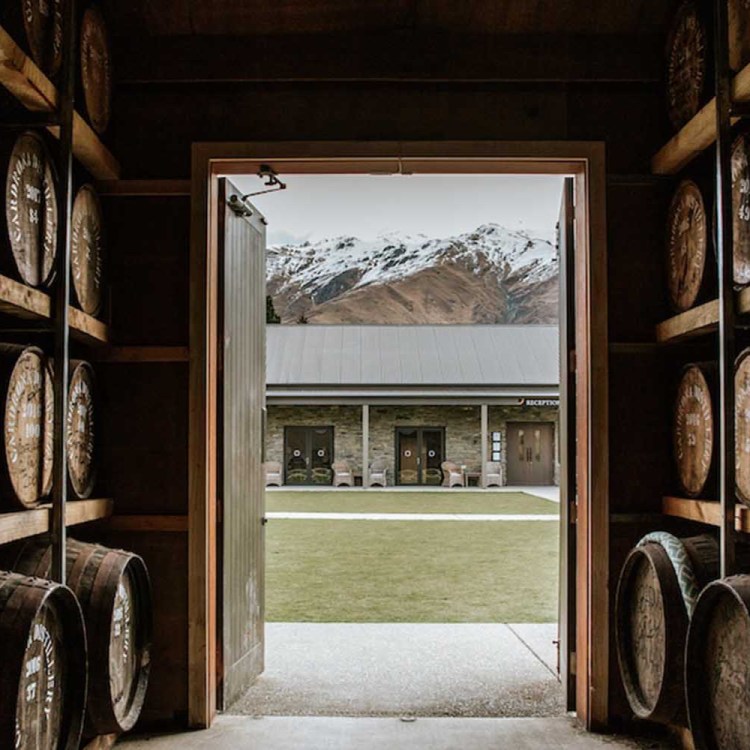Put down the green beer.
You don’t know what’s in it — but it could include laundry whitener, as noted by Smithsonian. At least, that was the case when the first festively green beer was launched over a century ago by a coroner named Dr. Thomas Hayes Curtin, which is already a bad start to a tradition.
As the 1914 Evening Independent newspaper reported at the time, the St. Paddy’s celebration at NYC’s Schnerer club included servings of a deep green-hued beer. “All the doctor would tell inquisitive people was that the effect is brought about by one drop of wash blue in a certain quantity of the beer,” as the paper noted.
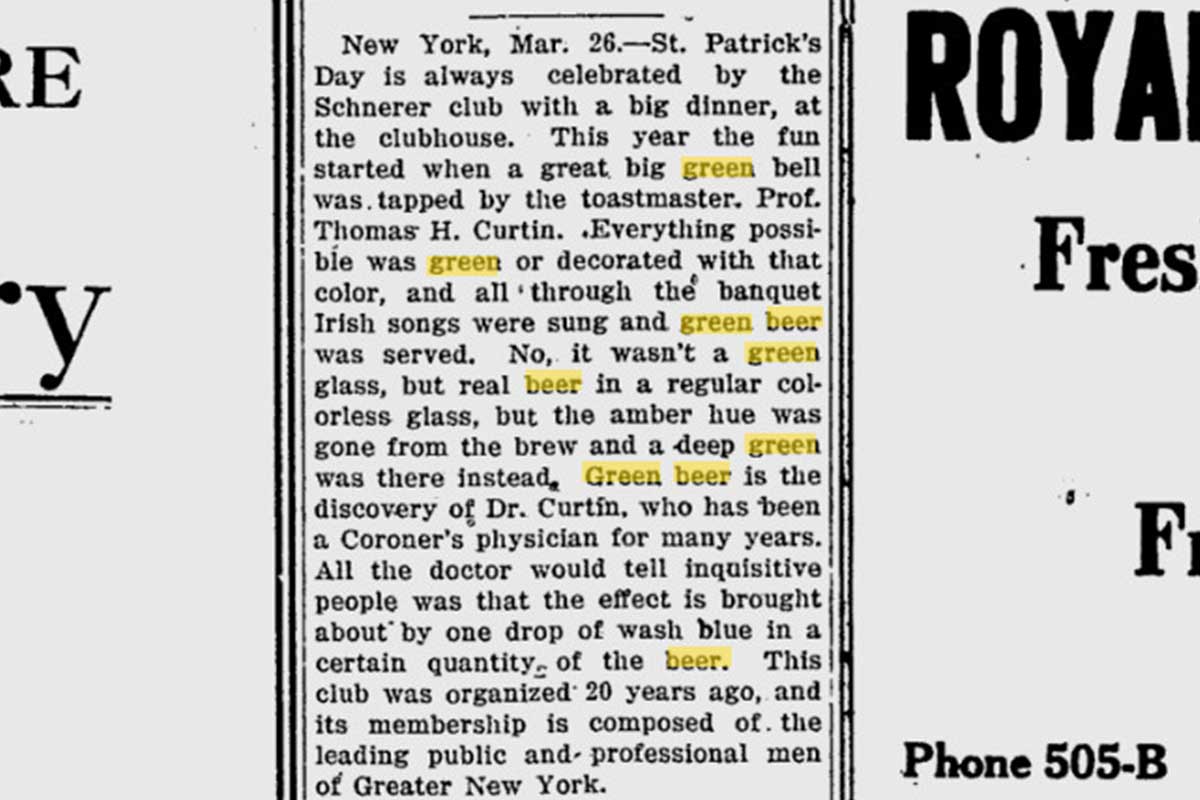
That said, there were actually earlier incidents of green beer, according to Vox, citing a 1910 Spokane Press story “Green Beer Be Jabbers!” (That rag also used the headline “Fighting Jap To Be Deported” on the same day so … not exactly high-brow journalism at work.) Before this, green beer used to describe young beer that had not been fully fermented and could make you sick.
The tradition — a very American tradition that actually befuddled the Irish until the ’80s — has thankfully switched over to harmless food coloring.
Meanwhile, Chicago and Savannah, Georgia can argue about which city was the first to dye their nearby waters green on St. Patrick’s Day.
Every Thursday, our resident experts see to it that you’re up to date on the latest from the world of drinks. Trend reports, bottle reviews, cocktail recipes and more. Sign up for THE SPILL now.
